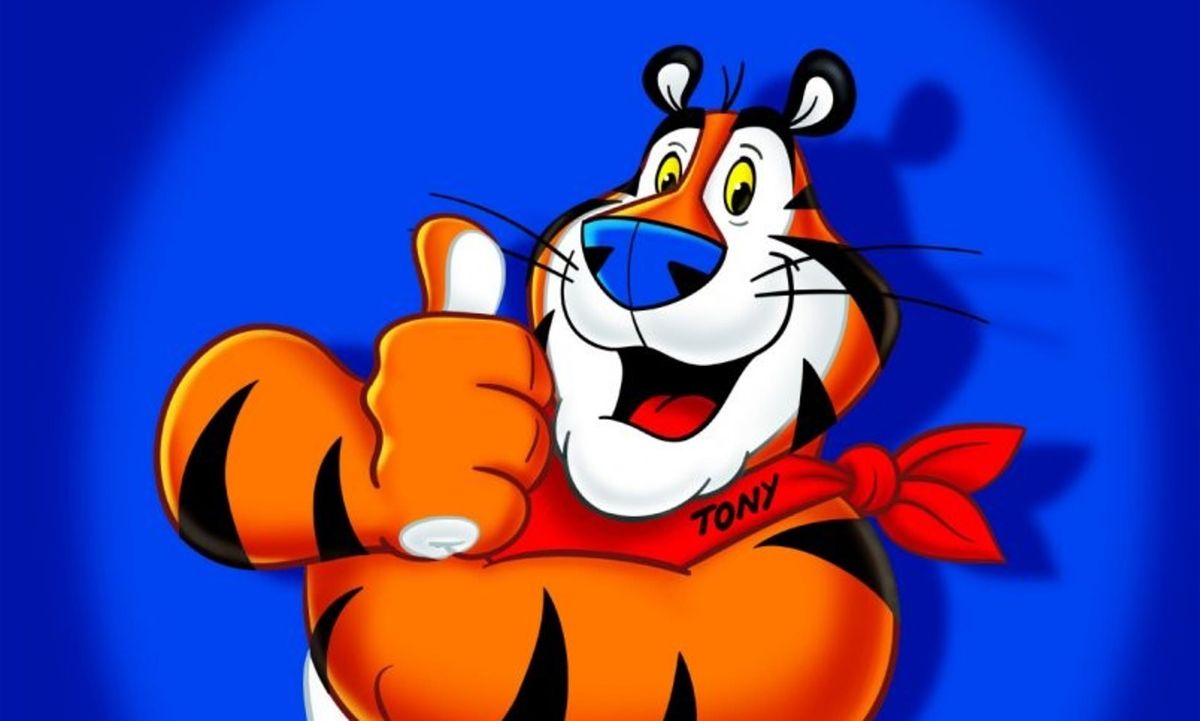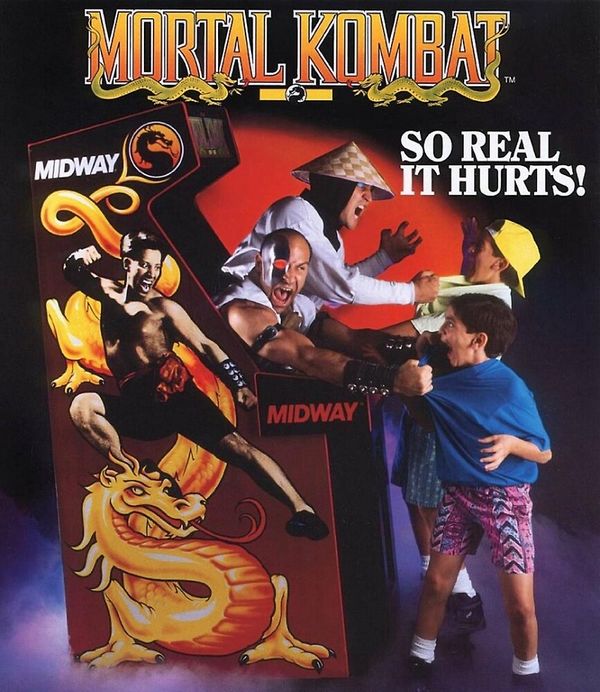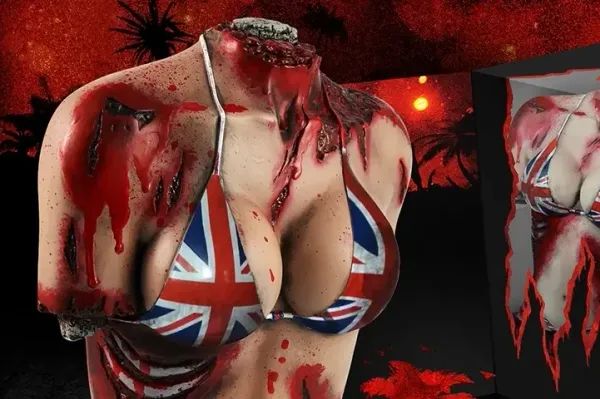Mascots in advertising are more than just amusing characters; they serve as the embodiment of a brand's identity and ethos. These playful figures, whether furry, feathered, or fantastical, possess the unique ability to humanize businesses, making them more approachable and memorable to consumers. From a cuddly bear promoting softness for a toilet paper brand to an energetic rabbit selling cereal, mascots infuse brands with personality, bridging the gap between corporations and consumers with a wink and a smile. In an age where consumers crave authentic connections, these mascots serve as silent brand ambassadors, resonating emotions and building lasting relationships.
Advertisers have taken advantage of this since the 19th century with incredible success. With the rise of digital platforms in the 21st century, UGC (User Generated Content) video ads have started leveraging this human tendency as well, offering a more personal and relatable approach. Duolingo's TikTok video ads featuring their lovable Owl is a great example of modern day animal mascot advertising at work.
An example of Duolingo's mascot UGC videos
A Face to Remember
The human brain is wired to recognize faces. This is a result of our evolution, as identifying faces allowed early humans to recognize members of their tribe and differentiate them from potential threats. This basic neural wiring still influences our behavior today. When it comes to branding and advertising, a memorable face, or in many cases, a mascot, becomes an invaluable tool for businesses.
Historical Mascot Successes
Long before the advent of the internet, advertisers recognized the power of mascots to connect with consumers. Characters like Tony the Tiger for Kellogg's Frosted Flakes, Ronald McDonald for the fast-food chain, and the Michelin Man for Michelin tires have become iconic over the decades. They provided a familiar face that consumers could instantly recognize and trust. These mascots personified the brand, often bringing with them a set of characteristics that advertisers wanted to associate with their products – strength, fun, reliability.
Mascots in the Digital Age
With the digital revolution, the way we consume content has transformed dramatically, but the core principles of human behavior remain the same. Platforms like TikTok, YouTube, and Instagram allow for more dynamic interactions between brands and their audiences. This interaction, often driven by UGC videos, feels more personal and authentic than traditional advertising mediums.
The Duolingo Owl is a fantastic example of this transition. Not only does it represent the brand on the application itself but has also become a sensation on platforms like TikTok. By leveraging humor and relatability, the mascot connects with users on a personal level, often using memes and trending formats. This modern take on mascot advertising engages with the user in a way that feels less like traditional advertising and more like content they would typically enjoy.
Advantages of Mascot Advertising
- Consistency: A mascot provides consistent branding across all advertising mediums, from billboards to video ads, ensuring that the brand is easily recognizable.
- Emotional Connection: Mascots can evoke emotions, whether it's nostalgia, humor, or trust. This emotional connection can lead to a deeper loyalty to the brand.
- Adaptability: Especially in the digital age, mascots can be adapted to various trends, memes, and viral moments, ensuring that the brand remains relevant.
- Differentiation: In a crowded market, a unique mascot can help brands stand out from their competitors.
Mascots have been an integral part of advertising for over a century. Their success lies in their ability to tap into human psychology, providing a familiar face that consumers can connect with. As advertising mediums evolve, the core principles that make mascots effective remain unchanged. In an age of digital content and UGC, mascots have shown their adaptability, proving once again their enduring power in the world of advertising.



